AirPods Vs. AirPods Pro: Differences & Similarities Explained
The AirPods Pro is a more advanced — and more expensive — version of the original AirPods that brought some impressive features to the table, including noise cancellation capabilities, transparency mode, and a more comfortable fit. But since the AirPods Pro came out, Apple released a new model of the classic AirPods, and you’re probably wondering how they differ.
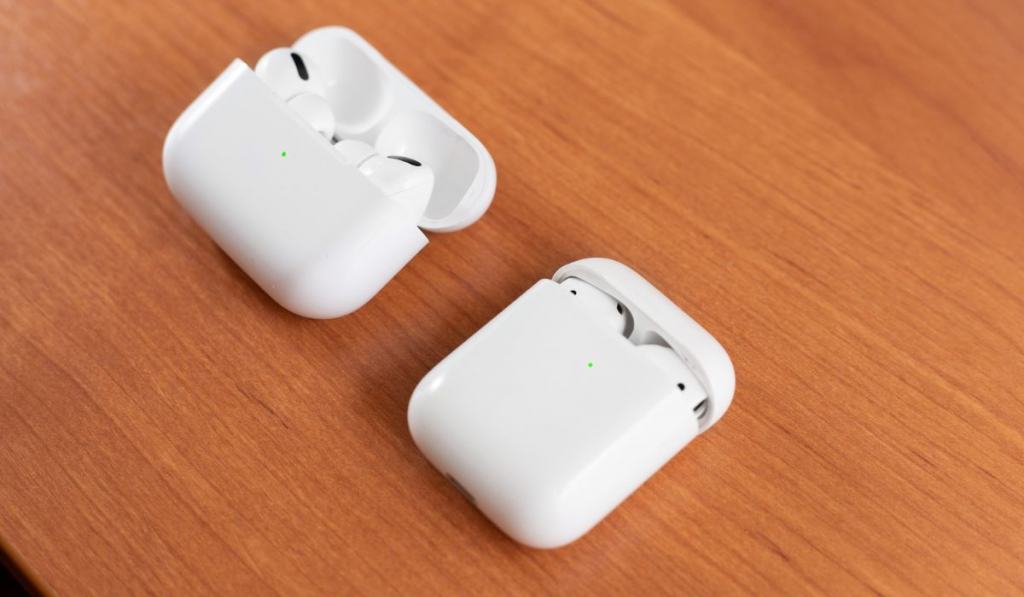
The AirPods Pro features a more compact, in-ear design that helps to improve sound quality and provides a more secure fit. AirPods don’t have silicone tips and don’t filter out as much ambient noise passively, and they don’t have any active noise canceling at all.
AirPods and AirPods Pro Comparison
When you look at the features of the two options, the AirPods Pro reigns supreme. But with a hefty price tag, you might consider going for the cheaper AirPods instead — they’re pretty great too. Let’s look at the key differences between the two models to help you decide which is the best for you.
Similarities Between Apple’s AirPod Models
All the AirPods models, from the original AirPods to the AirPods Pro (on Amazon), share a few things in common. Firstly, they connect to the Apple Watch or iPhone with just a single tap, which makes for a seamless and convenient experience.
Each AirPods model also comes with a charging case that will keep your earbuds topped off while on the go. The cases are easy to open with a simple flip-top lid, and the earbuds snap into place magnetically.
Sensors automatically detect when the earbuds are in your ears and route the audio accordingly; they initiate sound as soon as you put them in and pause when you take them out.
They also route phone calls to the proper earbud so you can take advantage of the built-in mics. Apple has maintained the white plastic design for all AirPod models, making them easily recognizable as Apple earbuds.
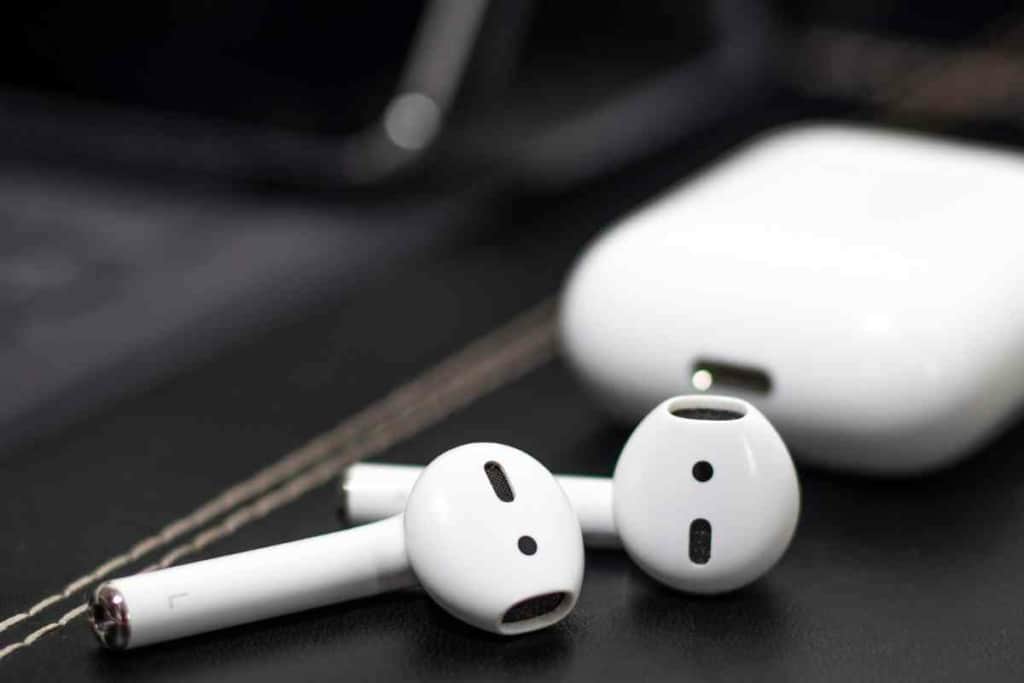
Differences Between AirPods and AirPods Pro
The AirPods Pro are the flagship of the AirPods line. They are the most expensive option, but they also have the most features. The AirPods Pro have active noise cancellation, transparency mode, and a new design.
The biggest similarity between the AirPods 2 (on Amazon) and AirPods Pro is that they both have Apple’s W1 chip for easy pairing with Apple devices.
The AirPods 3 (on Amazon) are the latest version of the AirPods. They have an H1 chip, which is an upgrade from the W1 chip. The H1 chip provides a better and more stable connection. The AirPods 3 also have support for “Hey Siri.”
Design and Fit
The AirPods, AirPods 2, and AirPods 3 all come with the standard Apple earbud design. The AirPods and AirPods 2 look so similar that you might not be able to tell the difference. On the other hand, the AirPods 3 have a short stem, similar to the AirPods Pro, but with the original tip.
The AirPods Pro have an entirely different design than the original AirPods and the AirPods 2. The earbuds are shorter and wider and come with three different-sized silicone tips that you can choose from to get a snug and comfortable fit.
The new tips are designed to create a seal in your ear, which allows for active noise cancellation.
Controls
The AirPods Pro and the AirPods 3 have advanced on-device controls that the earlier versions lacked. The new models have a force sensor on the stem that can be used to control various functions.
You can now control music playback, answer phone calls, and activate Siri without ever having to take your iPhone out of your pocket.
A single tap on the stem on both models will play or pause or play your music or answer a call. A double tap will skip to the next track, and a triple tap will go back to the previous track.
You can also hold down the force sensor to launch Siri on the AirPods 3, and doing so would additionally launch Transparency Mode and Noise Cancellation in the AirPods Pro.
The Airpods 2 only has a double tap function that is limited to launching Siri, playing the next or previous track, and play/pause modes. Users can set up either earbud to control various functions in the settings.
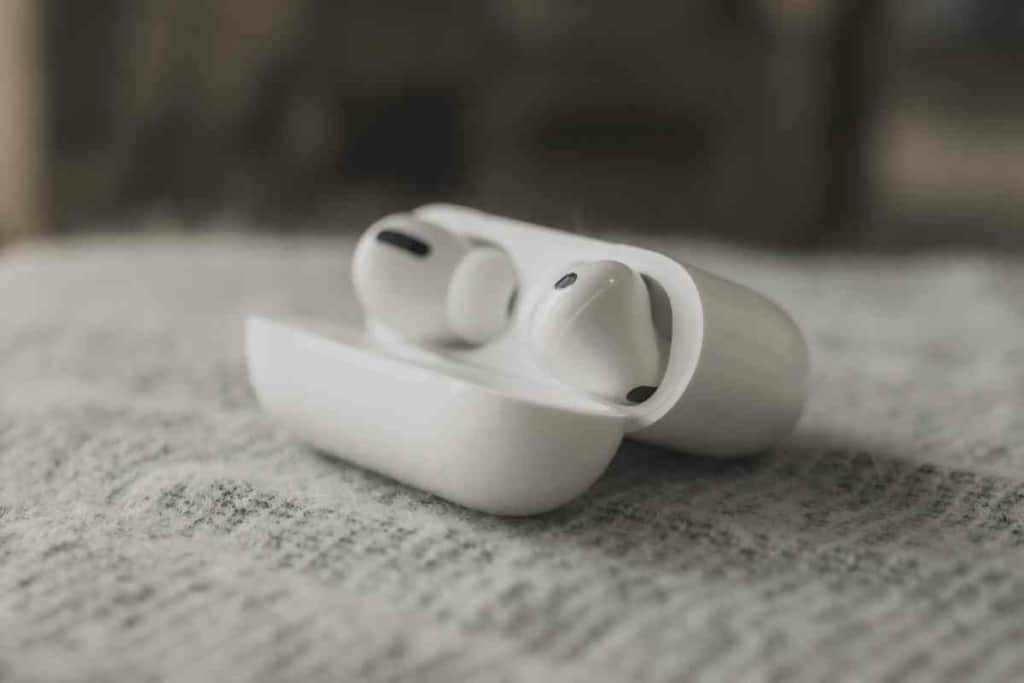
Wireless Charging Case
The AirPods Pro and the AirPods 3 come with a standard Qi-certified wireless charging case. The AirPods 2 originally came with a wireless charging case, but it was later replaced with a Lightning connector case. You can also purchase the Qi-certified wireless charging case as an accessory.
The original AirPods only came with a Lightning connector case.
Noise Cancellation and Transparency Modes
The AirPods Pro have both noise cancellation and transparency mode features. Transparency Mode allows you to hear your surroundings while still listening to your music.
This can be helpful when you’re out and about and need to be aware of your surroundings. Noise Cancellation mode reduces ambient noise so you can focus on your music.
All other models lack these features. Active noise cancellation (ANC) is made possible using two microphones; the first is outward-facing and detects external sound, and the second is inward-facing and cancels out noise from within the ear.
You can switch between the two modes by holding down the force sensor on the AirPods Pro.
Battery Life
The AirPods have about five hours of battery life, while the AirPods Pro have up to four and a half hours of battery life with ANC turned on or five hours with ANC turned off.
The wireless charging case that comes with the AirPods Pro can hold more charge than the cases that come with the original AirPods and the AirPods 2.
The AirPods Pro case can hold up to four charges for a total of 24 hours of listening time, while the AirPods 3 case can hold up to three charges for 18 hours of listening time.
The Lightning connector case that comes with the original AirPods and the Qi-certified wireless charging case that’s available as an accessory for the AirPods 2 can both hold up to two charges for a total of 12 hours of listening time.
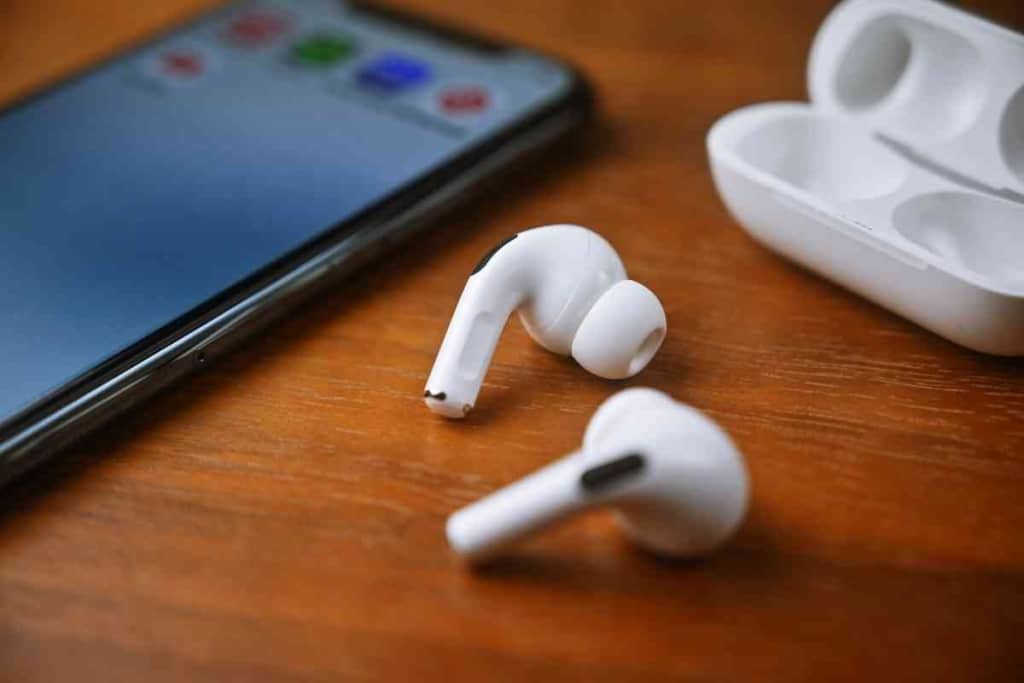
In-Ear Detection
The AirPods 2 and 3 have a skin detect sensor in each earbud that can tell when they’re in your ear. This feature allows the earbuds to automatically pause your music when you take them out and play it again when you put them back in.
This sensor detects moisture on the skin surface and prevents the earbuds from resuming play while in the pocket, on the table, or on any other surface that is not the skin.
The AirPods Pro use a dual optical sensor system to detect when they’re in your ear. The first is an infrared sensor that looks for the reflection off of your ear, and the second is a proximity sensor that detects when the earbuds are close enough to your ear to be considered “in-ear.”
Neither of these sensors can tell if you’re actually wearing the earbuds, so the in-ear detection is less reliable than the skin detect sensor. This may resume the music playback unintentionally.
AirPods vs. AirPods Pro Sound Quality
Sound quality is one of the biggest differences between the AirPods and the AirPods Pro. The AirPods Pro use custom-built, high-excursion, low-distortion speakers that deliver deep bass and crisp treble.
The result is a more immersive sound experience that is better suited for listening to music and watching movies. The AirPods, on the other hand, use standard earbud speakers that can’t produce the same level of sound quality.
The AirPods Pro also use Active Noise Cancellation to block out external noise, in addition to the Adaptive EQ feature that tunes the low- and mid-frequencies of the music to the shape of your ear for a better fit. This results in a more customized and personalized sound.
The conversation boot feature is another addition that the AirPods Pro have and the AirPods do not. This feature beam-forms to your voice and isolates it from other noise so you can be heard more clearly on phone calls.
Apple AirPods (Generation 1, 2 and 3) vs. AirPods Pro (Generation 1 and 2)
Here’s a comparison table for AirPods 1st gen, AirPods 2nd gen, AirPods 3rd gen, AirPods Pro 1st gen, and AirPods Pro gen 2:
| Feature | AirPods 1st Gen | AirPods 2nd Gen | AirPods 3rd Gen | AirPods Pro 1st Gen | AirPods Pro Gen 2 |
|---|---|---|---|---|---|
| Design | Earbud | Earbud | In-ear | In-ear | In-ear |
| Noise Cancellation | No | No | No | Yes | Yes |
| Transparency Mode | No | No | Yes | Yes | Yes |
| Water Resistance | No | No | Yes, IPX4 | Yes, IPX4 | Yes, IPX4 |
| Battery Life | Up to 5 hours | Up to 5 hours | Up to 6 hours | Up to 4.5 hours | Up to 5 hours |
| Wireless Charging | No | Yes | Yes | Yes | Yes |
| Active Noise Cancellation | N/A | N/A | Yes | Yes | Yes |
| Spatial Audio | N/A | N/A | Yes | Yes | Yes |
| Adaptive EQ | N/A | N/A | Yes | Yes | Yes |
| Touch Controls | Yes | Yes | Yes | Yes | Yes |
| Siri Activation | Double-tap | Hey Siri/Double-tap | Hey Siri/Double-tap | Hey Siri/Force sensor | Hey Siri/Force sensor |
Note: IPX4 water resistance means the device can withstand splashes of water from any direction, but it is not fully waterproof and should not be submerged in water.
Are AirPods Pro Worth It?
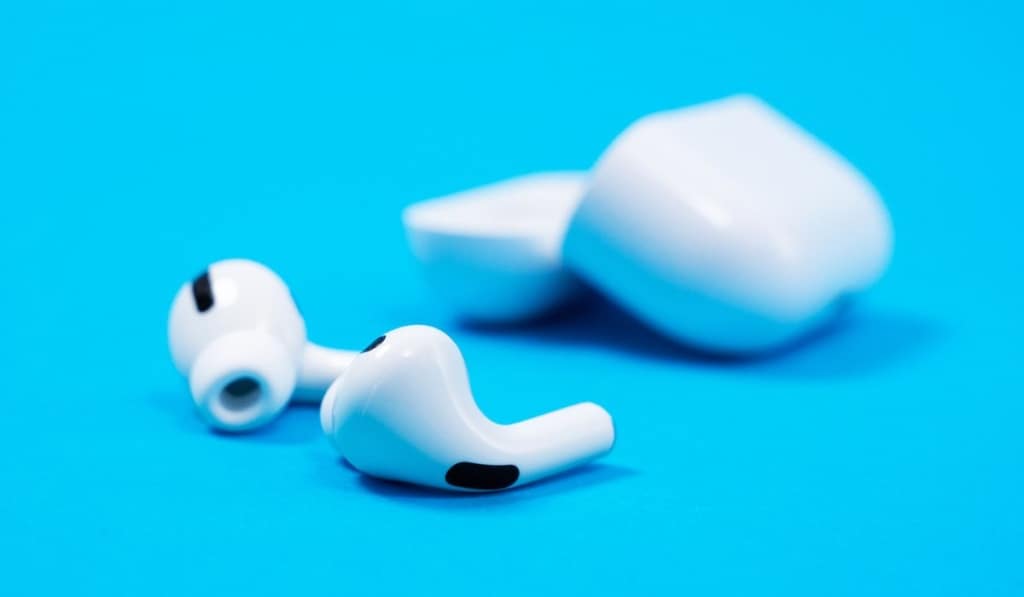
The AirPods Pro are the best true wireless earbuds that Apple has to offer. They’re more expensive than the standard AirPods, but they’re also better in almost every way.
Recommended Reading: The Best AirPods for Small Ears
If you’re an iPhone user looking for the best possible sound quality and noise cancellation in a pair of earbuds, then the AirPods Pro are worth the extra money.
However, if you’re not as concerned about sound quality and don’t think you’ll use the noise cancellation feature very often, then you might be better off with the standard AirPods.
The AirPods Pro have a lot more to offer than their predecessor. They’re not just an upgrade in terms of sound quality and features but also in design, comfort, and fit.
The AirPods Pro are also offer some of the most comfortable and secure-fitting earbuds, making them perfect for athletes and people who are always on the go. If you want the best of both worlds, then AirPods Pro are the way to go.